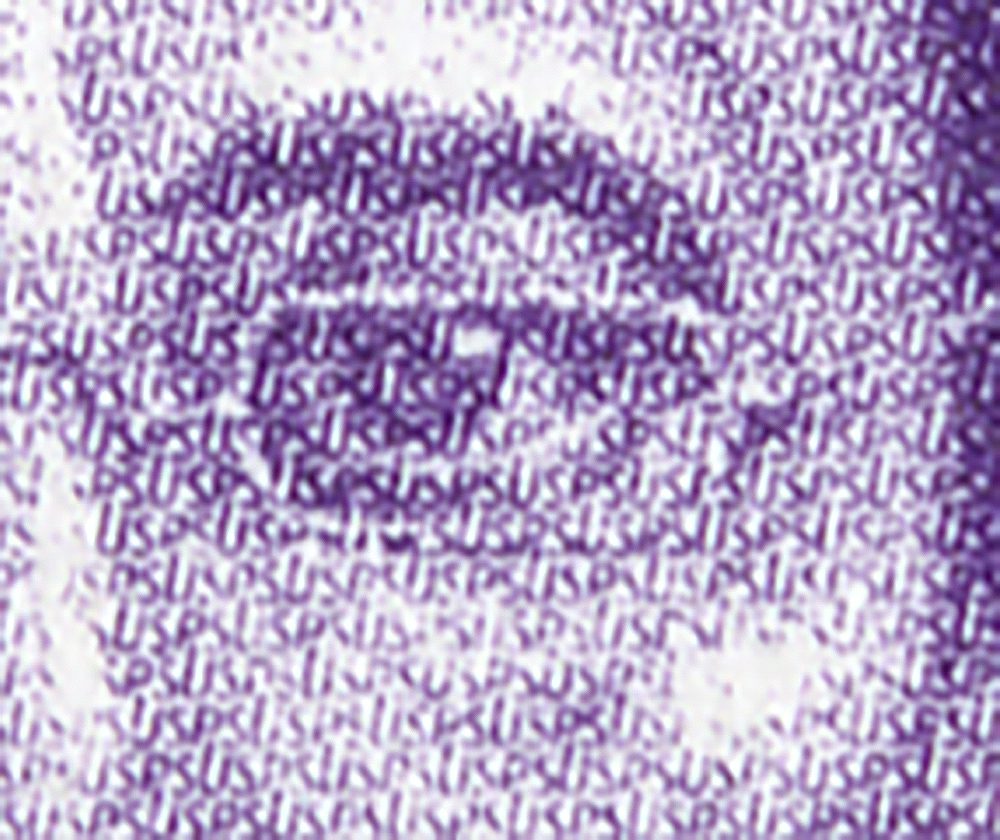Entirely Microprinted U.S. Stamp

On September 15, 1997, the USPS issued a stamp whose vignette consisted entirely of microprinting.
The stamp honored Felix Varela, a Cuban-born priest who emigrated to the U.S. in 1823. He spent much of his life helping the poor and working for racial, ethnic, and religious tolerance. Varela founded churches, orphanages, nurseries, and the country’s first Spanish-language newspaper.
The Varela stamp was a late addition to the 1997 stamp program, having been promoted by Postal Service Board Chairman Tirso del Junco. Junco had been strongly lobbying for more Hispanic figures to appear on U.S. stamps. The stamp was to be issued on September 15, 1997 as part of National Hispanic Heritage Month. According to postal officials, it was the 38th U.S. stamp with a Hispanic theme.

When the Varela stamp was unveiled in August 1997, Junco stated, “The design is like its subject: modest, understated, powerful in its simplicity.” However, the stamp design had a hidden security feature that you’d need an eagle eye or a microscope to see.

Rather than printing the stamp with the usual pattern of dots found in offset printing, Valera’s portrait was created through microprinting of the letters “USPS.” According to a postal spokesman, this was a “user definable screen… a type of microprinting that swaps out the conventional dot pattern of visible lines with letters.” The experimental printing technique was used to discourage and protect against counterfeiting.
Need a microscope or magnifier? Click here for several affordable options.
Click here to see what else happened on This Day in History.

Fantastic idea to prevent counterfeiting. I have learned so much from my daily Mystic Stamp e-mails! Thank you
I agree. I would never know this except for Mystic Stamp.